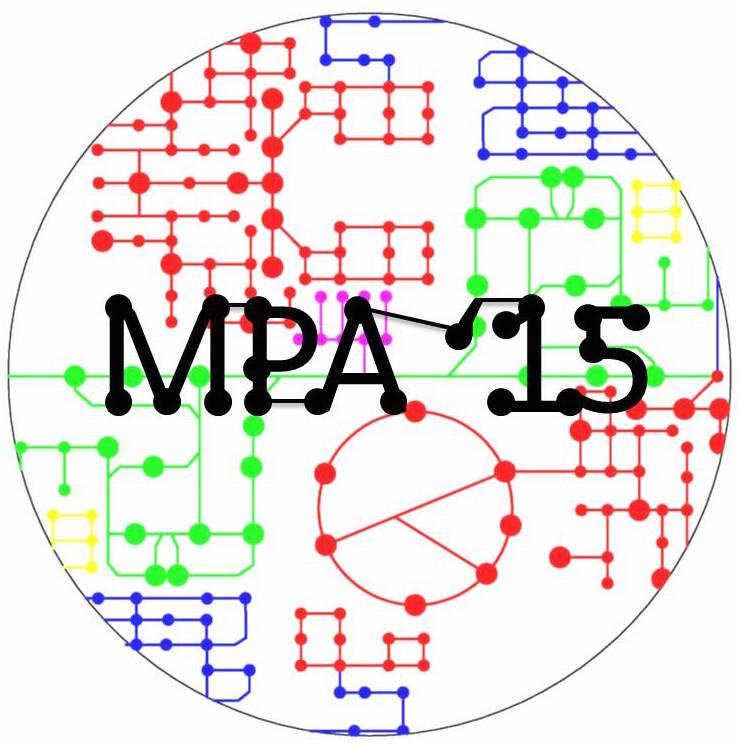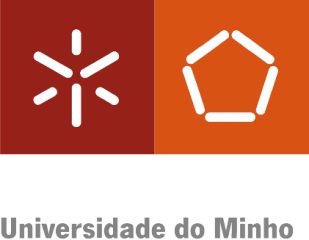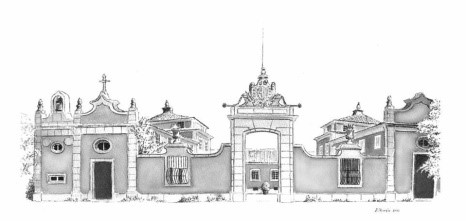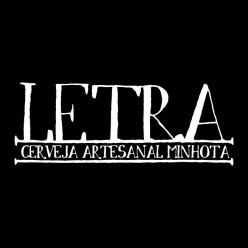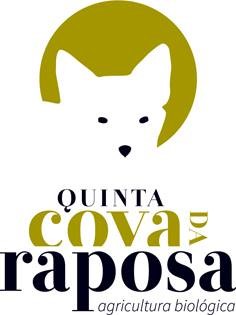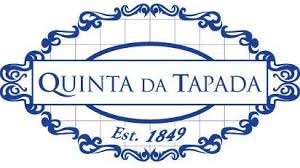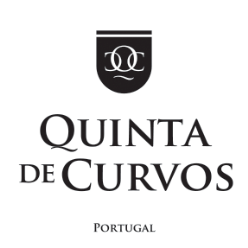Poster Sessions
Poster session 1: Tuesday 9th June (5 pm - 8:00pm)
Poster session 2: Thursday 11th June (5 pm - 8:00pm)
Presentation Details
The Poster board is 92 cm wide and 142 cm high (portrait orientation)
Recommended poster size: DIN A0 (84.1 cm width x 118.9 cm height)
Setup
Fixing materials to mount the posters will be provided at the meeting.
Poster Session 1: Posters should be set up on Monday evening and removed before Wednesday at midday (12:00).
Poster Session 2: Posters should be set up on Wednesday evening and removed before Friday at midday (12:00).
Posters remaining after the indicated time will be removed and recycled.
The local to place the posters will be assigned according to a poster ID number that presenters can check here.
Best Poster Award
The Best Poster Award will be given to the best poster presentation at the MPA’15 Conference, which will be selected by an ad hoc committee based in two main dimensions:
Research substance, including the quality and originality of the research idea, as well as the methodology and execution of the research
Presentation, including the clearness of the presented information, the presenter’s quality of communication and the ability to convey the research and its results to the poster audience.
Selected posters:
Jan Ewald: Impact of intermediate toxicity on the regulation of metabolic pathways
Esther Sundermann: The effect of light on the evolution of C4 plants
Leonor Guedes da Silva: Metabolic analysis of EBPR phosphate/glycogen accumulating organisms
Printing Service
Poster printing service will NOT be available at the venue. However, all interested presenters can send us (conferencempa2015-posters@outlook.com) their posters in pdf format (portrait orientation – size A0), until June 3rd and we will print them.
This service has a cost of 30€, to be paid at the event check-in process, where presenters should pick up their posters.
